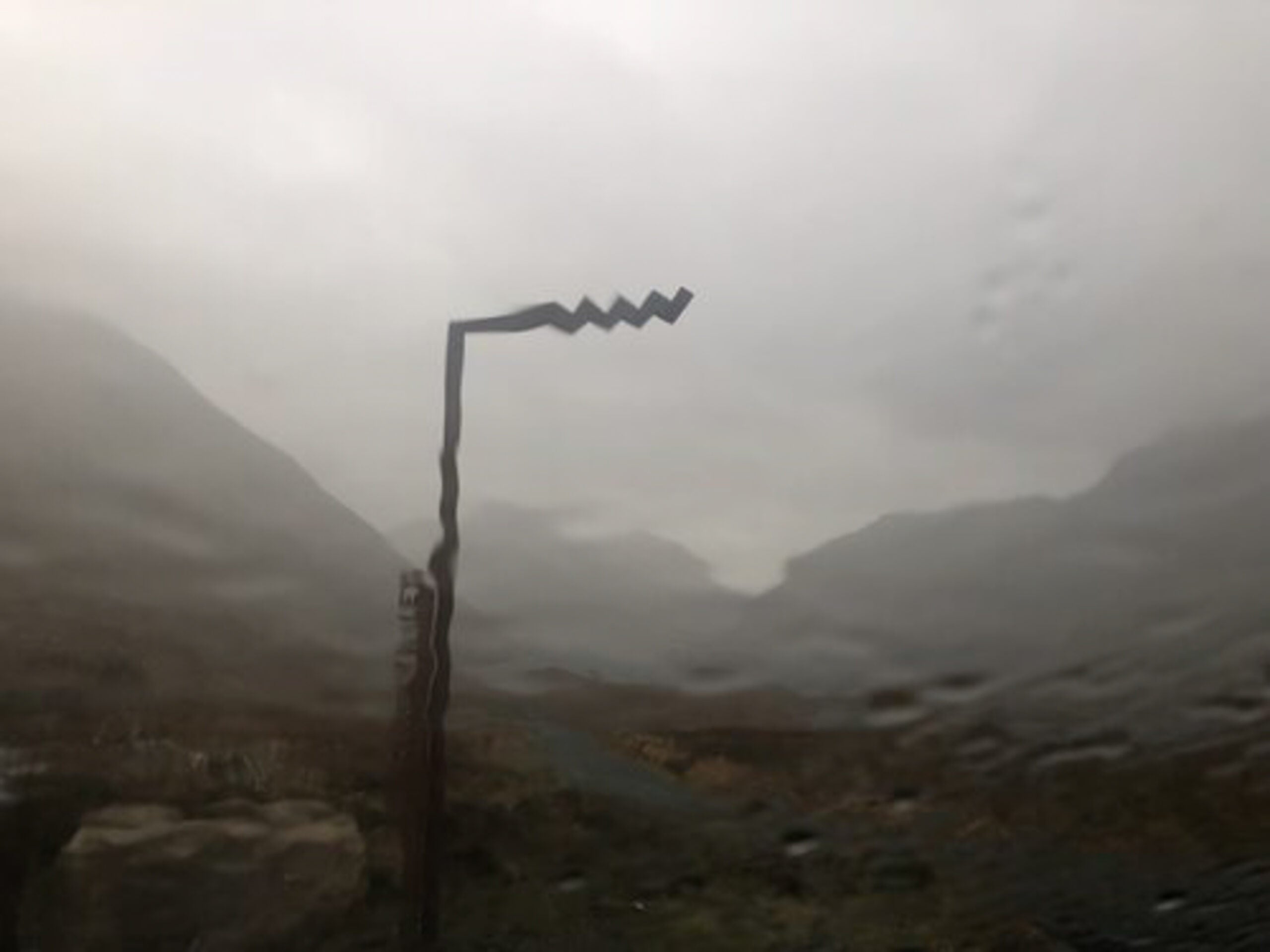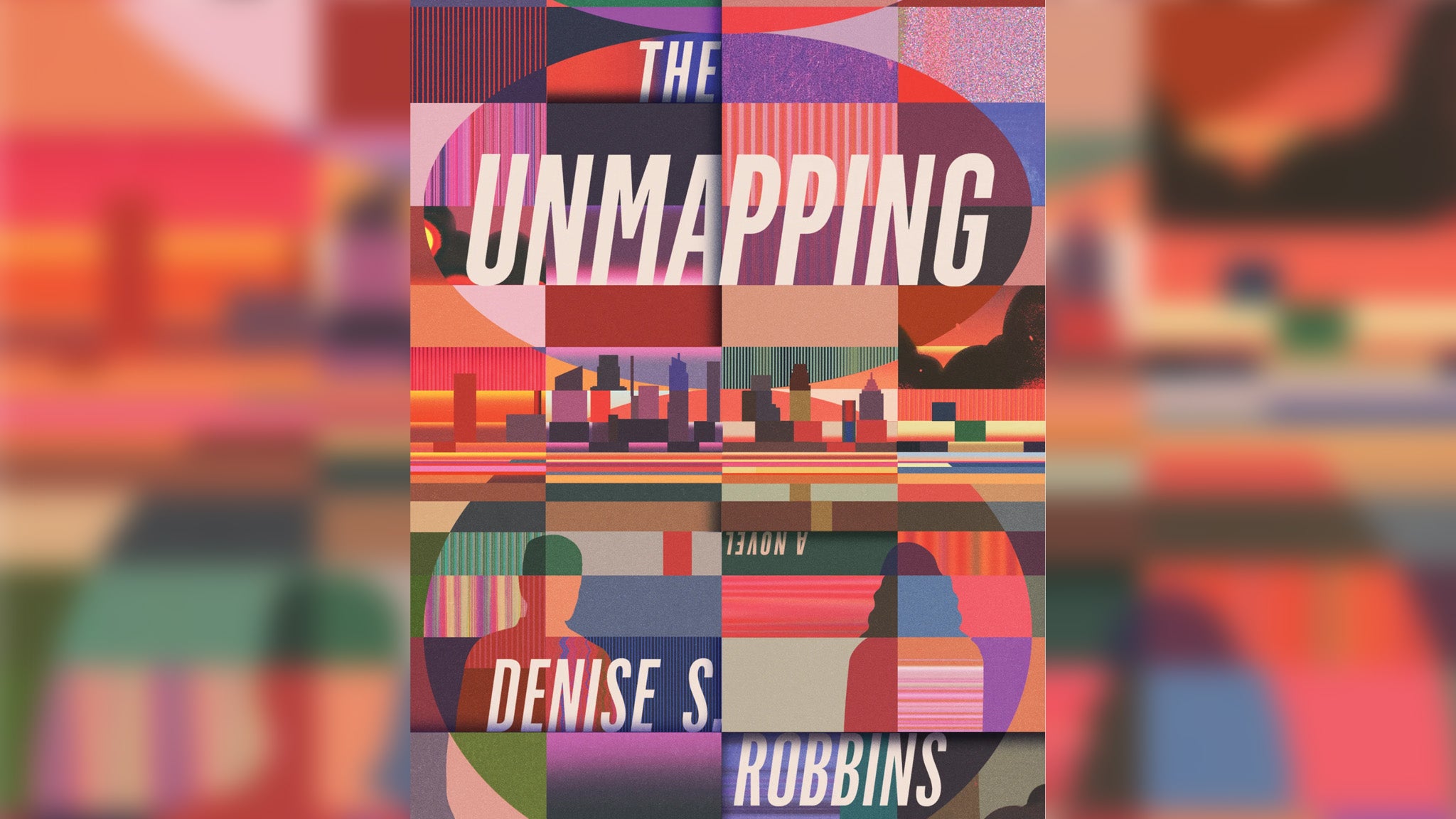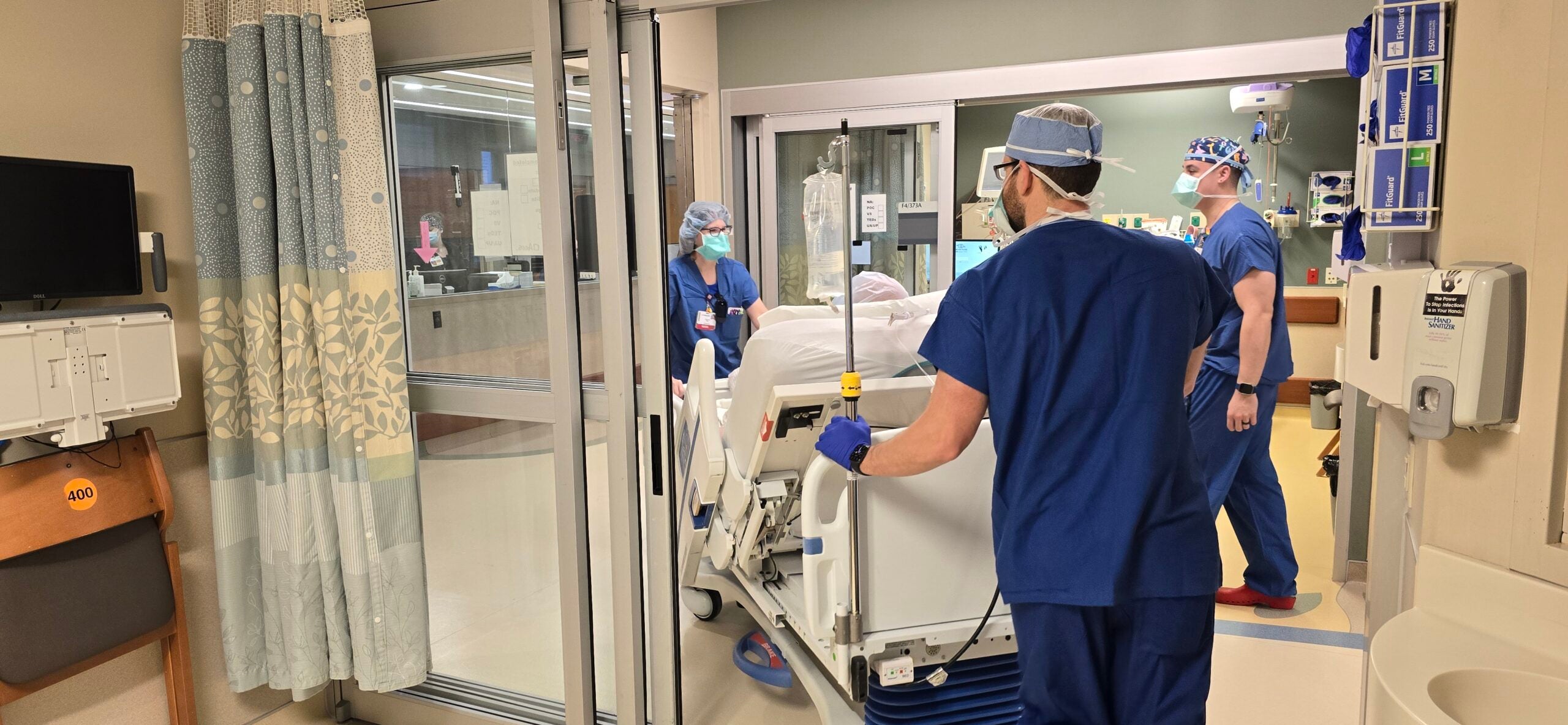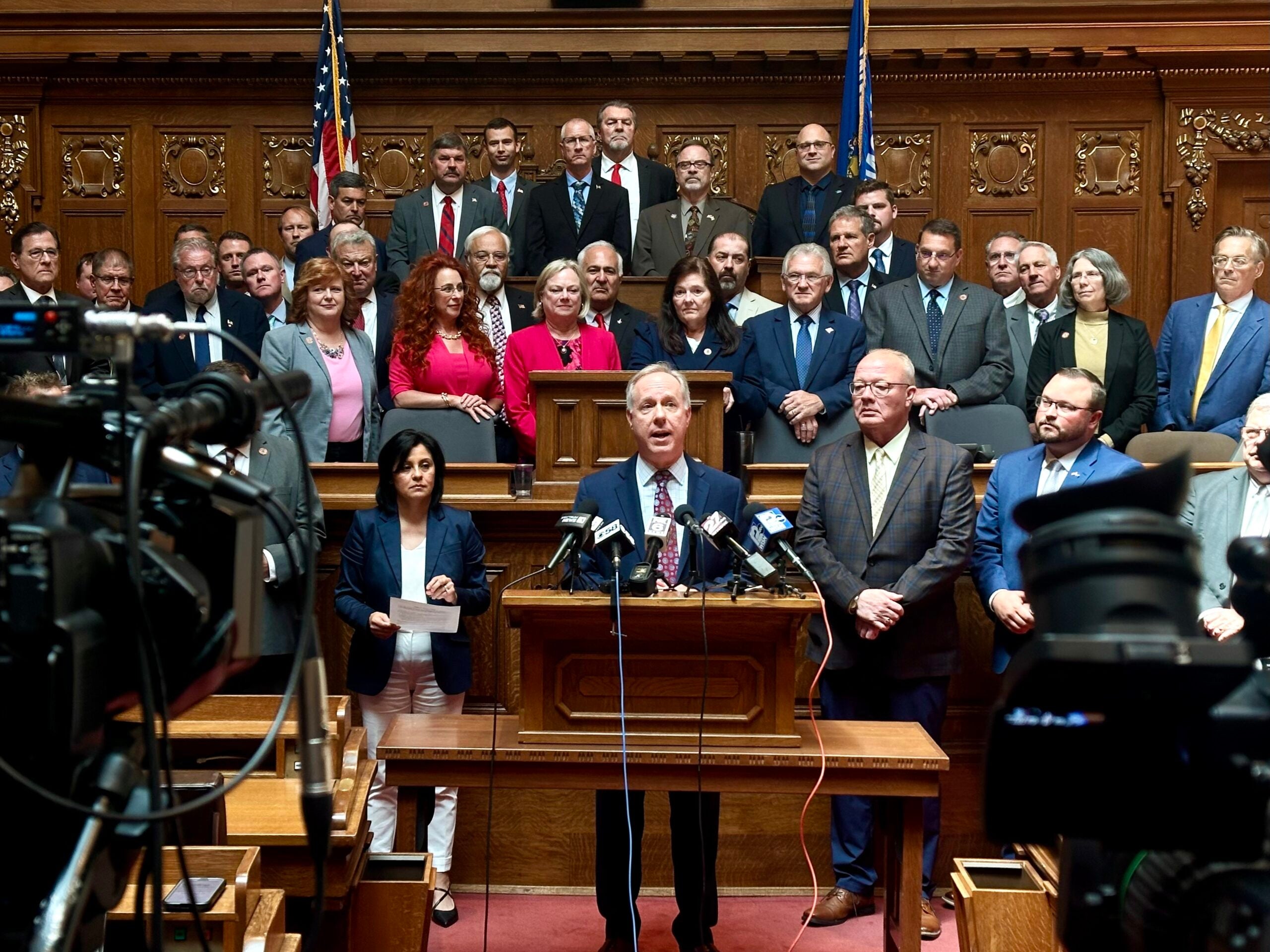Gillian O’Brien thinks a lot about how we remember loss, especially on a mass scale. As a historian born and raised in Ireland, she’s very familiar with her country’s long history of trauma and collective grief.
A few years back, she set out on a “dark tour” of Ireland’s many historic sites and memorials of death. What was meant as a short trip around the country became a yearslong trek.
Her book “The Darkness Echoing: Exploring Ireland’s Places of Famine, Death and Rebellion” came out during the pandemic (which seems both unfortunate and weirdly appropriate). What struck her was how eager locals were to talk about their traditions around mourning and death, she told Anne Strainchamps for “To The Best Of Our Knowledge.”
News with a little more humanity
WPR’s “Wisconsin Today” newsletter keeps you connected to the state you love without feeling overwhelmed. No paywall. No agenda. No corporate filter.
“You know, at the end of a night of traveling, I’d go into the local pub and you’d end up sitting around talking about funerals and death and the tragedy of the local area,” said O’Brien. “It sounds very miserable, but I really enjoyed a huge amount of my travels around the country, and I was a little bit sad when they ended.”
Strainchamps talked to O’Brien about why we visit places that mark death and loss, and how we can use place to wrap our heads around the massive scale of losses from war, famine and disease.
This transcript has been edited for brevity and clarity.
Anne Strainchamps: Tell me about one particular piece of history: the Great Famine. I guess in the U.S., we call it the Irish Potato Famine. For a long time that wasn’t even written about by historians, right?
Gillian O’Brien: Well, that’s the really interesting thing. For a century, there was no academic textbook written in Ireland about that period. And still in Ireland, there aren’t that many museums about the famine.
And when you do start to look into the detail, you find that there’s awful tragic stories, local stories of neighbors turning upon neighbors and family turn upon themselves. And I think for more than a century, it was just too painful because those that survived may well have known those that died, and may have overlooked them or may not have shared their food. And I think there were just really raw, difficult wounds that you couldn’t make light of and there was no levity in. And that sort of tragedy, it took us a century before we really were prepared to investigate.

Famine Soup Pot (Photo courtesy of Gillian O’Brien)
AS: It’s hard with mass trauma on that scale. I think the human mind can’t really take in the numbers. It’s been hard during the pandemic, for instance, to find ways to even comprehend what 2,000 deaths a day means. That must be true of the Great Famine, too.
GO: I think that’s really significant. I think a million means nothing. I don’t know what a million is. I can’t conceive what a million people could possibly be.
One of the big problems telling these sort of stories is that so many of the people affected by the famine are the poor. And we don’t have very many artifacts because poor people didn’t have things. And it’s really hard to tell the story of the famine without having things to show.
I remember finding or seeing a tiny shard of a mirror in a museum in County Roscommon, and it comes with a list of what a community of 4000 people had. They had almost nothing, but they had this one shard of mirror between them. And I remember thinking, “Those people had no need of a mirror.” That’s a sort of a thing you have with fantasy, and with having clothes to change, and makeup to put on, and hair brushes to comb your hair. They have no need for any of that because they had nothing.
Doagh Famine Village, Co. Donegal (Photo courtesy of Gillian O’Brien)

Strokestown Park House, Co. Roscommon (Photo courtesy of Gillian O’Brien)
They were a real subsistence economy. And they’re the people who were absolutely devastated by the famine because there was no safety net for them.
Seeing that mirror was something that just really stuck in my head because it’s a tiny piece. It’s set in a little wooden frame, but it’s the size of the palm of your hand. There’s something really moving, I think, about that in a way that you could give me all sorts of figures and they wouldn’t emotionally connect.
AS: Are there even any records? I imagine there aren’t even many names or dates or anything.
GO: What we don’t have in a lot of cases is we don’t know the names of people who died and people who were buried in mass graves. There’s one graveyard in Skibbereen in County Cork, where there are estimated to be 9,000 people buried in this famine plot. And people were dying at such a rate and they were being buried very quickly because there was a fear of infection from them. And we just do not have names of all of those people. So we will never know the full number of people who died during the famine period.

Abbeystrewry Cemetery, Co. Cork (Photo courtesy of Gillian O’Brien)

Famine Walk memorial, Doolough (Photo courtesy of Gillian O’Brien)
AS: So out of all of the historic sites connected with the famine that you visited, what’s one place that you think, “Wow, they really did a good job” (when it comes to remembering those who were lost)?
GO: It’s not so much the museums because there are so few artifacts, but for me, it’s the graveyards. There’s one little tiny memorial in the west of Ireland, in County Mayo, and it’s just a little cross. It marks this walk that people did from this small village called Lewisburg, where they walked 12 miles to meet the Board of Guardians. And these are the people who made decisions about whether people would get extra relief or food. And when they got there, they were told they had to wait outside while the Board of Guardians ate their lunch — the cruelty of that, to do that to starving people. And then when they’d eaten their lunch, the guardians came out and said, “No, we’ll give you nothing.”

Doo Lough, Co Mayo (Photo courtesy of Gillian O’Brien)

Famine Memorial, Murrisk, Co. Mayo (Photo courtesy of Gillian O’Brien)
And so they had to walk back up this road. It’s the road in the west of Ireland, which on a good day, it is absolutely beautiful. You’ve got hills on both sides, even a beautiful lake. It’s amazing. And it’s also heartbreaking because many people died on that walk back up to Lewisburg. And that one little cross where I always pull in when I’m going down the road towards Delphi — that I find is the most moving thing about the famine.
Often there were these public works that were done for people where built pointless things. There are stone walls built across the west of Ireland that had no purpose other than to give work to those who needed it. And it’s those sort of things that really I find terribly moving.
AS: In their anonymity, really.
GO: It’s like the landscape of loss. But unless you know about it, you would just drive on.
AS: Did it begin to get to you psychologically at all? That’s a lot of sights of suffering.
GO: It certainly made me very reflective about a lot of things and made me think about what sort of funeral I would like — and to give a lot of orders, following in my grandmother’s footsteps. .
GO: Because almost everywhere I went, I either went with friends or I went to talk to people afterwards — I decompressed after (visiting these places). But I did need to do that. I could have written a very somber book, but I thought, “Well, nobody will read that, if it’s just pages of misery.” So I wanted there to be levity in the book, and humor, and occasionally jokes.
AS: Yes, it’s very Irish of you.
GO: I’ll take that as a compliment.
AS: I liked it! There are such contradictory feelings about visiting places like this. I was remembering visiting New York City and staying in a hotel just opposite the 9/11 memorial, the site of the Twin Towers. And I had to kind of gear myself up to visit it. I mean, I was there on vacation, but visiting the 9/11 memorial is not like going to MoMA. You don’t go for pleasure or for entertainment. And so why go? Out of a sense of social responsibility? To bear witness? Why do we go and why does it matter that we go?
GO: I think you make a really interesting point. And it’s something I think about quite a lot, because that is part of dark tourism. And I think there’s a spectrum of darkness. So going to something like that memorial — and you notice it’s the same, I think, with concentration camps. Why do people go to those sites, which are absolutely heartbreaking?
One of the things that I remember when (the 9/11) memorial opened — there was a lot of discussion about what they would sell in the shop. And I think you can tell a lot about a dark tourist site by (what they sell). Are they selling things that are educational? Is it books about it, or are they selling things that are exploitative or tacky?

Billy the Lego Orangeman (Photo courtesy of Gillian O’Brien)

Titanic & iceberg icecubes (Photo courtesy of Gillian O’Brien)
I mean, it’s still very recent, 9/11. Is it a memorial for those who died and their families? Or who is it aimed at? But I wonder, turning your question back at you, would you have felt bad about going to Macy’s and shopping, and not going there, or just going to MoMA? Was this something people feel they should do, almost a pilgrimage or an act of memorialization?
AS: I don’t know whether I would have gone all the way across town on purpose to the 9/11 memorial — but, you know, staying in a hotel, looking out the window on the site? I had to go. It felt like the only responsible thing to do. I guess maybe what I’m saying is that I think sometimes these are sacred sites. We tend to think of a sacred site as something good, but tragedy can make a site sacred.
GO: Yeah, I think that is important. When you’re standing in that area, it’s an area where thousands of people died. And I think to take a moment to note that is really important.
I think it’s important that people are remembered. That’s all we’ve got really left.
One of the things I love most in the world is going around old graveyards and reading the names of people I don’t know, that I would never know. And what it says maybe about what their job was or what children they had.
AS: I feel exactly the same way about graveyards. Even if I don’t know who this person was — all I have is the name and some dates — the fact that I’m taking a few minutes in my life today to just try to think about them, wonder who they were. That feels like some tiny, small gift I can put out into the world.
GO: I completely agree. And I think there’s something that’s really hard to articulate about that, that I think it is emotional. It’s funny, because most people don’t talk about how much they like graveyards. And as soon as I say my favorite thing in the world is a graveyard, and to walk around and look at the names — think about, oh, a Victorian graveyard, and look at all the names that you no longer hear, or look at this name that is now fashionable again. The amount of people that say they really like doing that, too, but never tell anyone. I’m like, “Oh, you should!” There’s lots of us out there.

Abbey Graveyard, Athlone (Photo courtesy of Gillian O’Brien)
AS: Oh, yeah. And just piecing together bits of history, especially at a family plot, and beginning to see who died when. And you can see, for instance, waves of disease come through. A terrible flu season, or a diphtheria epidemic, or whatever. It’s all fascinating.
GO: I would do that any time I go somewhere I don’t know, because if I go to, say, a local graveyard in Liverpool, you can see the amount of them that are shipping merchants or traders. And that’s why Liverpool was, you know, that’s how it got its wealth.
It’s my top tip for anyone going to visit anywhere — start with the cemeteries, start with the dead, and then work toward the living.

Golding/Fleming Tomb, Drogheda (Photo courtesy of Gillian O’Brien)
AS: Oh, I love that. Thank you so much. I was going to ask at the end of this, what lessons do you have for us? Things to think about when setting out on a dark tour of your own.
GO: Well, I think identify a pub to go to at the end of the day, because you might need it, depending on what your dark tourist site is. But I do think, even if it’s not a tourist site, start with the graveyards. And be prepared to find that there is levity in doing some of the dark tourism sites. Maybe not the ones that are the darkest.
But I think we always look at the shiny things and the bright stuff, and that’s certainly how we would like to portray everything — but there’s real merit, I think, in looking at the other stories.
In any museum, go and sort of look beyond the main cases. I always find the things that are more moving are the little things that are stashed away in the back, where you can learn something about a person, rather than stories about the million. Because the million mean nothing to us — we have to find the people.








